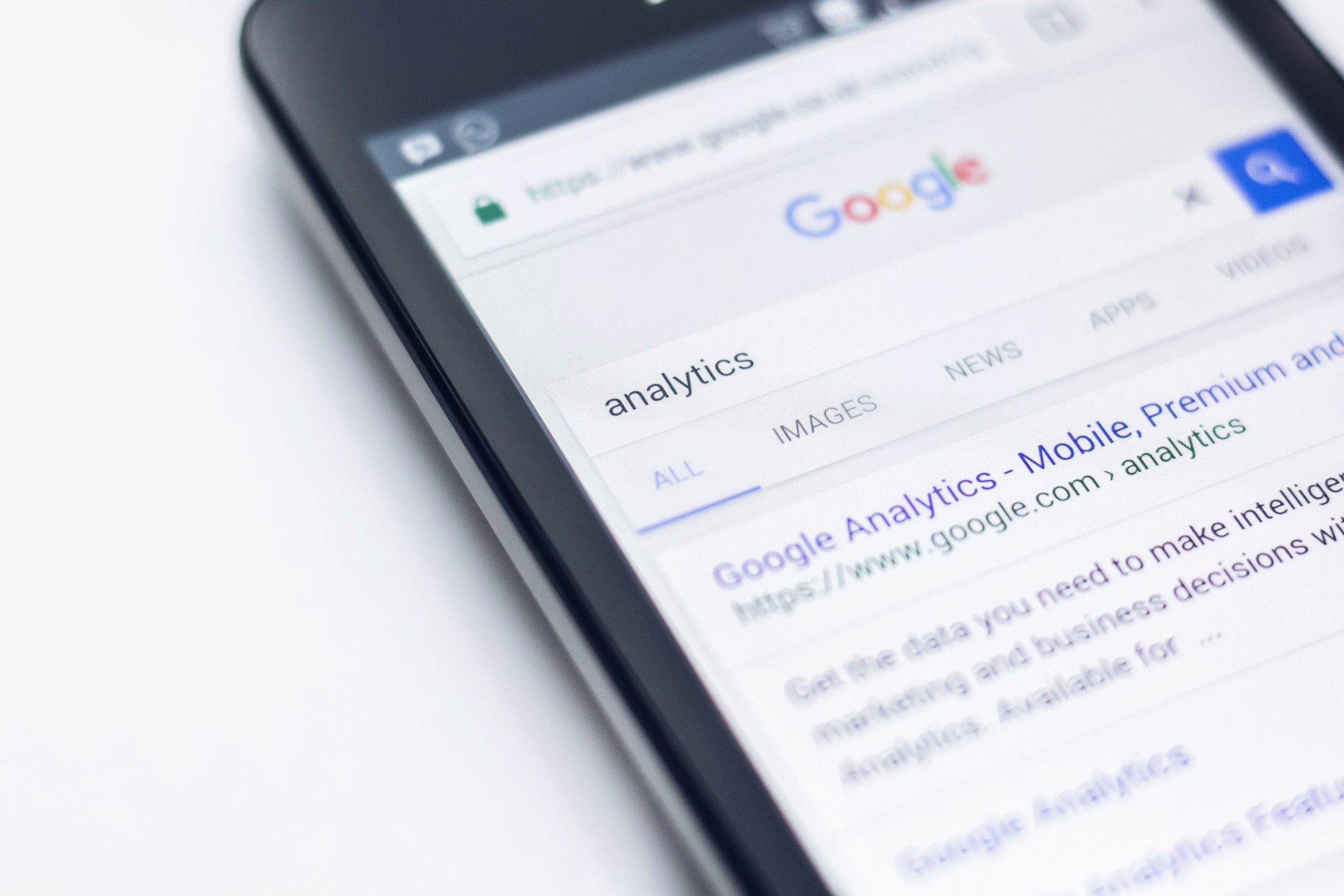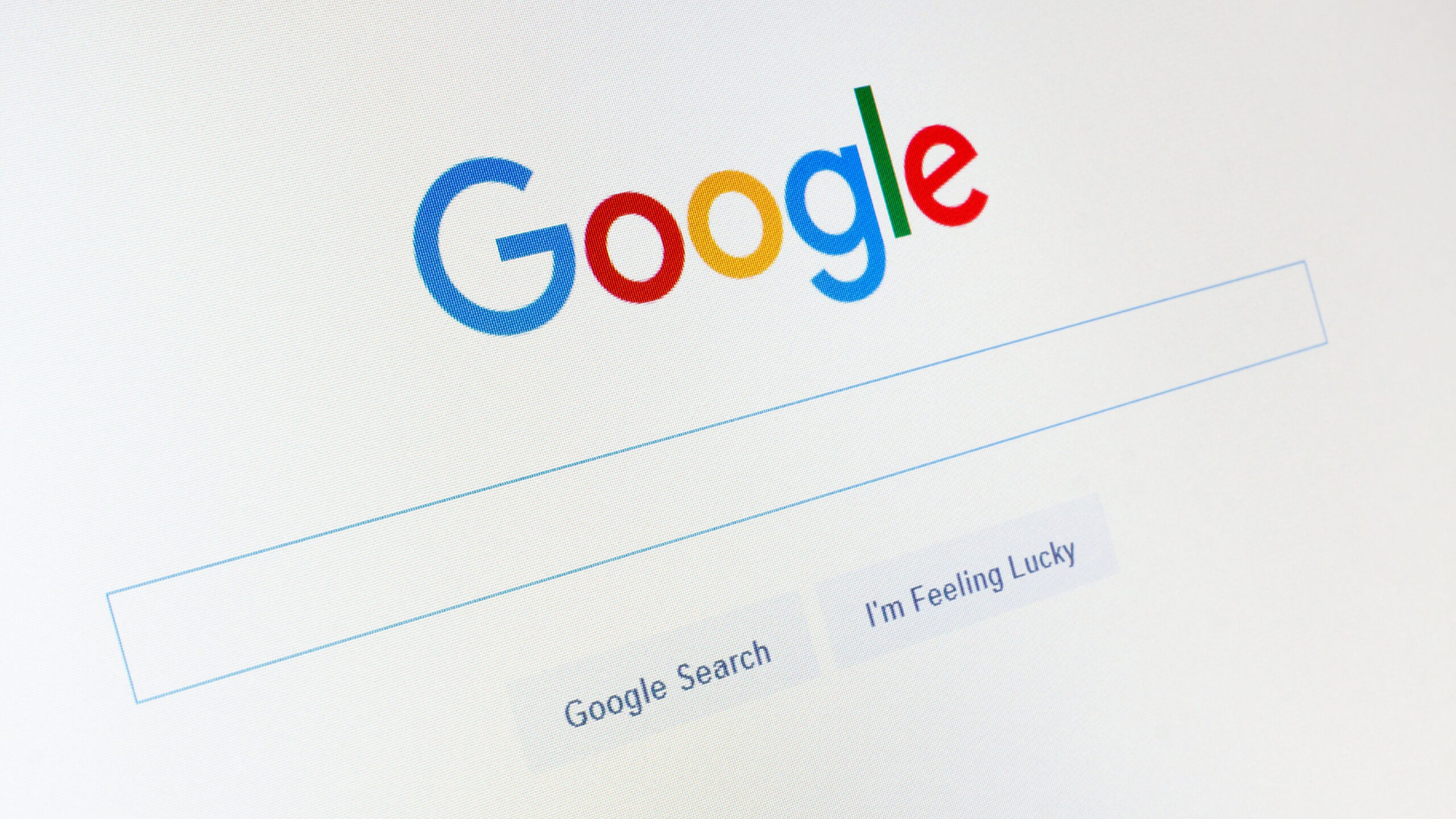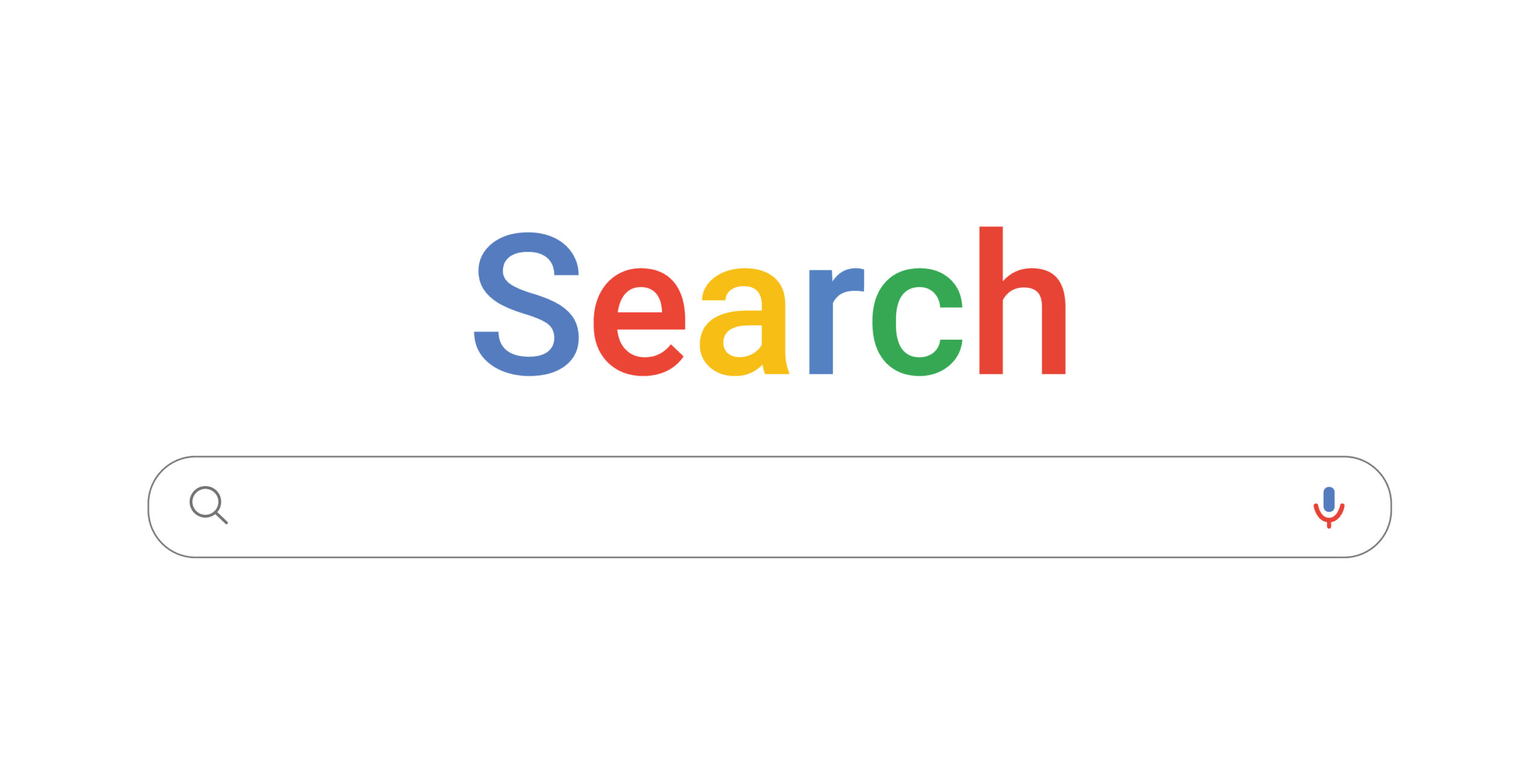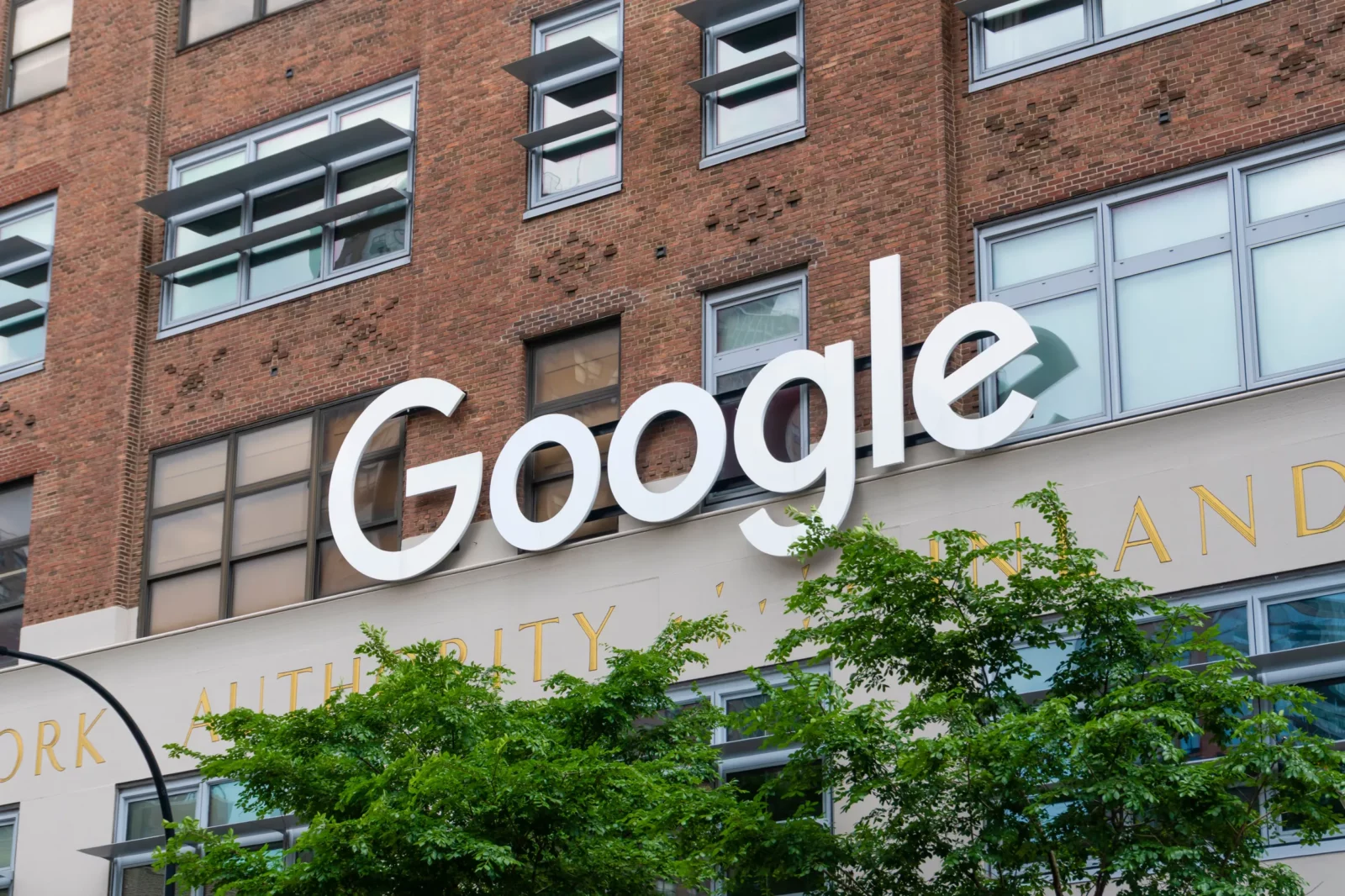Search Distribution, Explained

As multiple media reports have indicated that the U.S. Department of Justice is preparing an antitrust case against Google, some accounts suggest that this case may center on agreements involving “search distribution” or “search promotion.” For that reason, an explainer on search distribution is appropriate.
What is search distribution?
Search engines increasingly compete against other tools to provide information to users, ranging from apps to voice assistants. Like many businesses, search engine providers pay others to promote and distribute their product, in an effort to reach more people. For example, grocery suppliers have long paid supermarkets to allocate space on a shelf for a particular grocery. Called “slotting fees”, and these arrangements are “now common in other retail sectors, such as drug stores, bookstores and record stores,” according to antitrust scholars. Search providers may similarly enter into an agreement with operating systems developers and device manufacturers to ensure their product is easily accessible to users.
These promotional agreements are not exclusive or exclusionary, meaning that users can and do use alternative services. For example, in an iOS mobile device’s search settings, an Apple user can change the default search engine from Google to Yahoo, Bing, or DuckDuckGo. (Bing and Yahoo! also pay Apple to feature prominently in Safari.) On Microsoft devices featuring the Edge browser, Bing is the default search, but users can also change that in settings. On Android devices, wireless providers and device manufacturers will preload numerous competing apps and app stores. Non-exclusive search distribution agreements are well-established, having been used by search providers to reach consumers for over a decade.
When Third Parties Have Prime Real Estate for Reaching Consumers
Distribution or promotion agreements are most common when a third party can provide prime real estate for getting in front of consumers. In grocery and retail, while manufacturers have multiple options for reaching consumers, including direct retail, many still choose to contract with supermarkets and big-box stores. This can ensure that products will be front-and-center on the shelf. Search providers can similarly reach consumers directly over the Web, but also seek to reach consumers through the channel of devices like smartphones and laptops. In an increasingly mobile world, search providers rely on a variety of ecosystem players to make their product available to users, ranging from device makers to wireless carriers to browsers. In the desktop environment, search providers look to operating system developers, where Microsoft continues to be the major player, but faces increased competition from Apple, as well as open source alternatives.
Ultimately, these other players make the choice as to which search provider their corresponding product uses, which is the default, and how much to charge the search provider, if anything, to access that distribution or promotion channel.
What’s the result?
Search distribution and promotion agreements ensures that consumers have easy access to the search tools they’re looking for, while still retaining the ability to choose defaults. The revenue sharing that is often associated with the arrangements helps to lower device costs, meaning that consumers pay less than they otherwise would. Even consumers who are indifferent to what search provider they use benefit from such arrangements, because the device is more affordable.
Regulators have previously examined search distribution agreements. The Federal Trade Commission (in 2013) and the Canadian Competition Bureau (in 2016) each investigated search distribution agreements and determined that they were lawful. As FTC Commissioner Olhausen stated at the time: “I was not presented with any evidence to indicate that these arrangements were anything other than procompetitive.”
In an information economy, competition in the “market for answers” remains fiercely competitive. Products are generally free to the user; advertising prices are falling. In this highly competitive space, the fact that competitors continue to pay to promote their products to consumers is not surprising.








